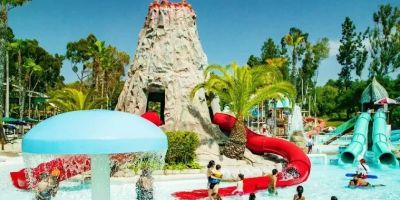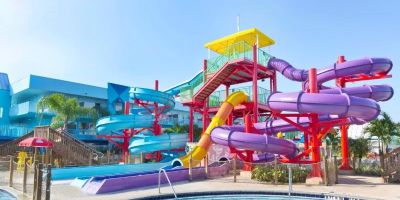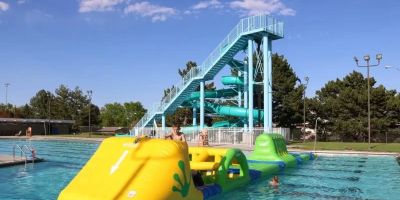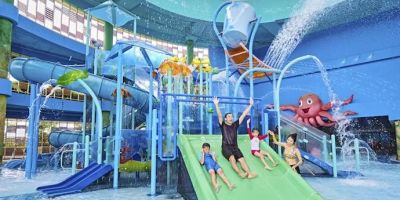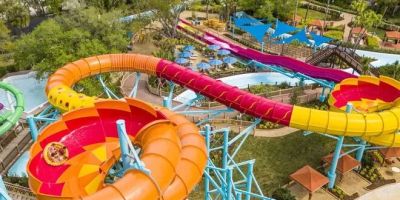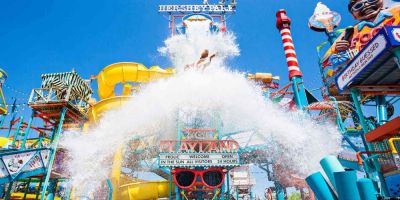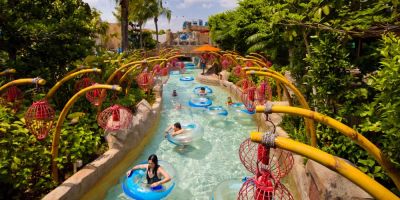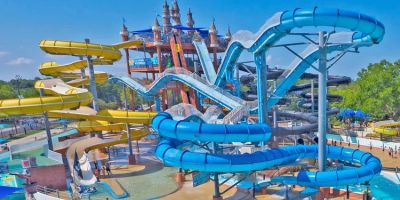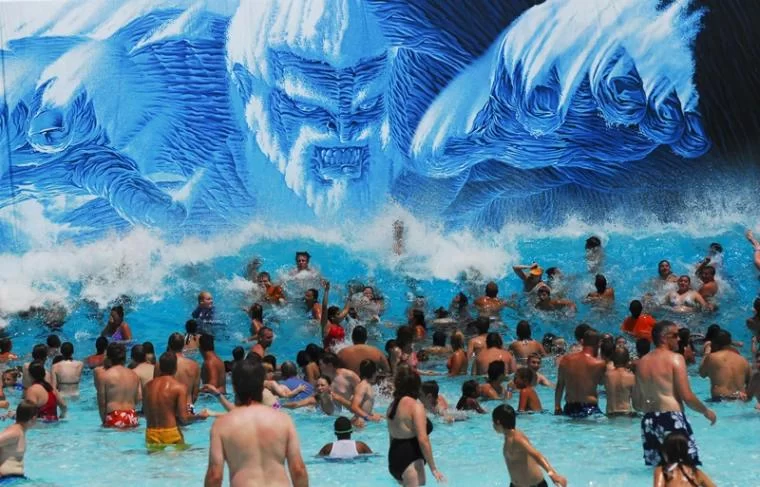
The Birth of Water Parks in America
My fascination with water parks began when I first learned about their origins. It all started with Lake Dolores Waterpark in Newberry Springs, California. Opening in 1962, Lake Dolores is often regarded as America's first water park. John Byers, a local businessman, envisioned a recreational oasis in the Mojave Desert, complete with a man-made lake and various water attractions. Families from all over flocked to experience this novel form of entertainment. However, financial struggles and ownership changes led to its closure in the late 1980s. Today, the abandoned site stands as a haunting reminder of the park's former glory.

Sun-N-Fun Lagoon
15000 Livingston Rd, Naples, FL 34109, USA
The Rise of Wave Pools and Modern Attractions
As I delved deeper into the history, I discovered that the late 1960s marked a significant evolution in water park attractions. In 1969, Big Surf in Tempe, Arizona, introduced the first wave pool in the United States. Designed by Phil Dexter, this innovative feature simulated ocean waves, allowing guests to experience the thrill of surfing inland. The success of Big Surf paved the way for other parks to incorporate wave pools, transforming the landscape of water-based entertainment.

Disney's Blizzard Beach Water Park
Bay Lake, FL 32836, USA
Disney's Foray into Water Parks
My research wouldn't be complete without mentioning Disney's impact on the water park industry. In 1976, Disney opened River Country near Orlando, Florida. Embracing a rustic, old-fashioned swimming hole theme, River Country featured unique attractions like the Upstream Plunge and Slippery Slide Falls. Its success demonstrated the potential of themed water parks, blending storytelling with aquatic fun. Despite its closure in 2001, River Country set the stage for future Disney water parks, such as Typhoon Lagoon and Blizzard Beach.
The Indoor Water Park Revolution
Living in a region with harsh winters, I was particularly intrigued by the advent of indoor water parks. The concept took off in the 1980s, with the opening of the World Waterpark in Edmonton, Alberta, Canada, in 1985. Spanning over 200,000 square feet, it became one of the largest indoor water parks globally. This innovation allowed water parks to operate year-round, regardless of external weather conditions. Following this trend, the Polynesian Resort Hotel in Wisconsin Dells introduced the first significant indoor water park in the United States in 1994. This development transformed Wisconsin Dells into the "Water Park Capital of the World," boasting numerous indoor and outdoor water parks.
Modern-Day Water Parks and Their Evolution
Today, water parks have evolved into expansive resorts offering a plethora of attractions. From adrenaline-pumping water coasters to relaxing lazy rivers, there's something for everyone. Parks like Schlitterbahn in Texas and Raging Waters in California have set new standards with their innovative rides and themed experiences. Additionally, the integration of technology, such as virtual reality and interactive elements, has enhanced guest engagement, making visits more immersive and memorable.
Challenges and Future Prospects
Despite their popularity, water parks face challenges, including environmental concerns, high operational costs, and the need for continuous innovation to attract visitors. However, the future looks promising with trends leaning towards eco-friendly designs, sustainable practices, and the incorporation of cutting-edge technology to create unique experiences. As someone passionate about water parks, I eagerly anticipate the next wave of innovations that will continue to shape this dynamic industry.


